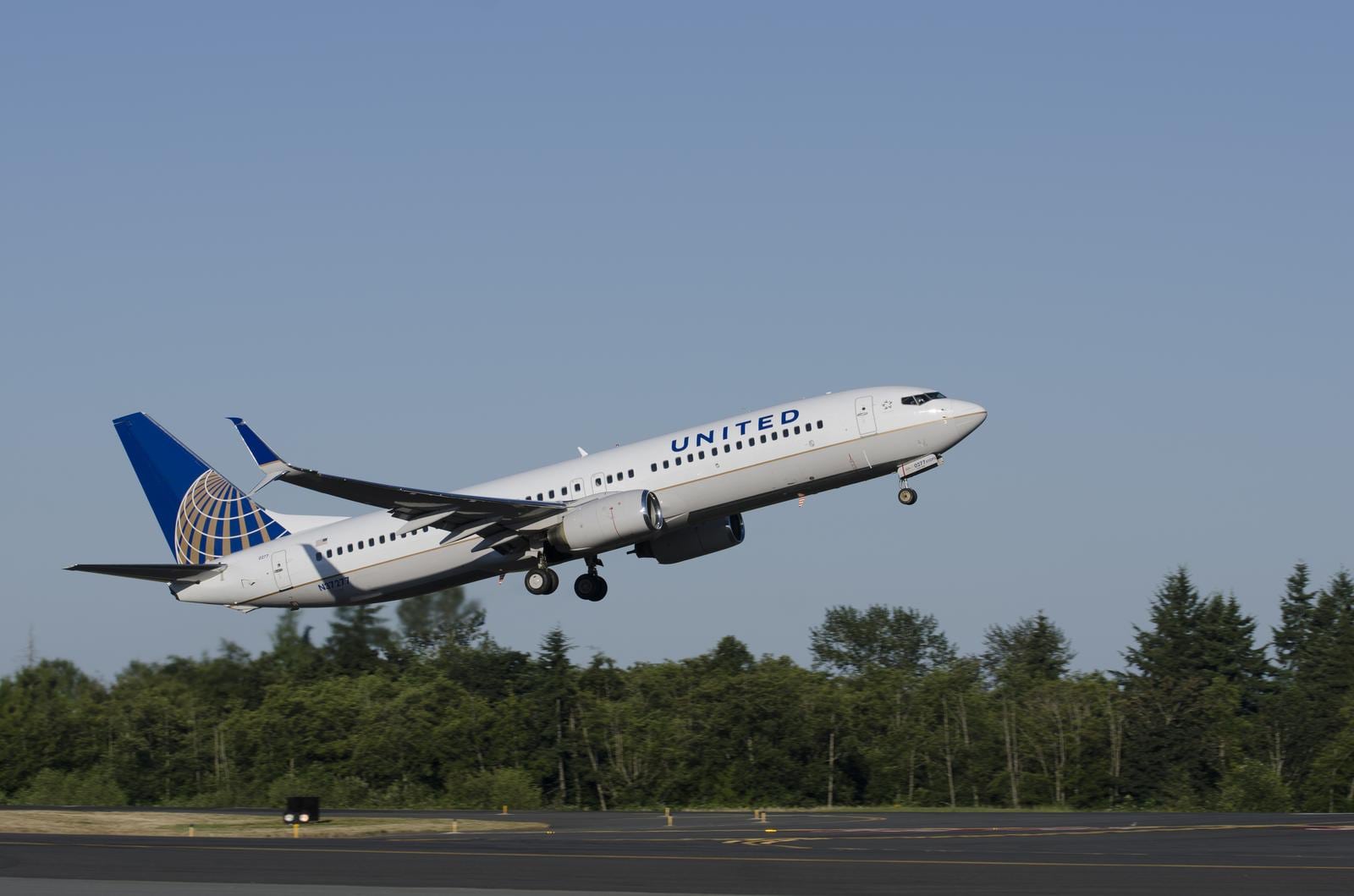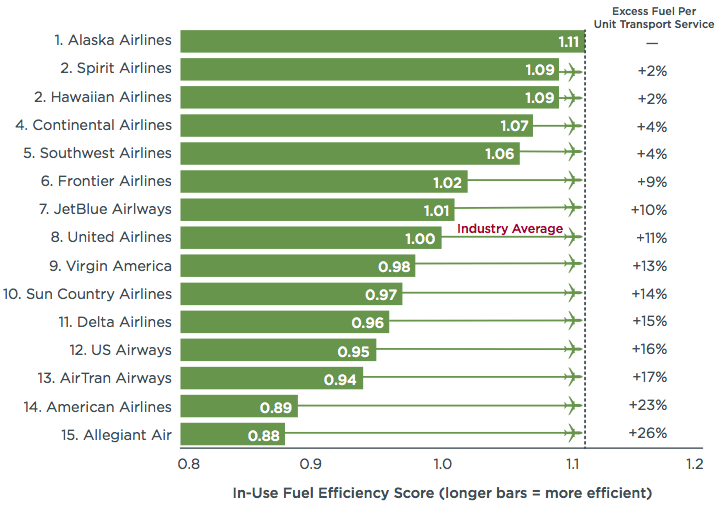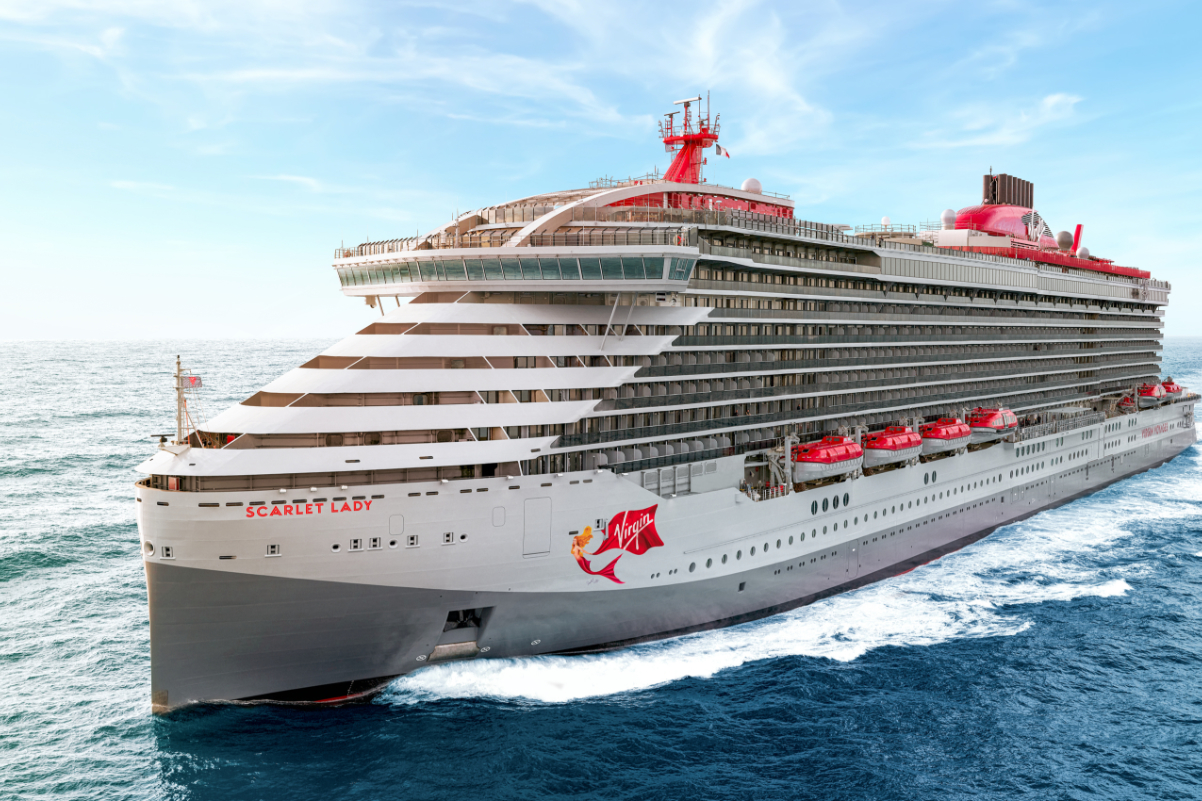The Airline Industry's Fuel Gap: Which Brands Save Money, Which Don't

Skift Take
Judging by their earnings announcements, annual reports, and press conferences, it would seem that airlines are more than a bit concerned about the rising price of jet fuel.
The companies cite that cost to explain lower-than-expected profits, and to justify buying new, more efficient aircrafts. They use it in defense of increasingly strict baggage rules, and they even protest the notion of intervening in Syria on the grounds that it would spike the price of oil.
But for their own part, many airlines are doing surprisingly little to mitigate the affect of rising fuel costs on their own bottom lines. A report by the International Council on Clean Transportation found that huge discrepancies still exist in the efficiency of major U.S. airlines.
This suggests that some airlines haven't made much of an effort to adopt new technologies and practices, at least not in comparison to their industry's efficiency leaders.
Allegiant Air, for instance, which is the least efficient airline in the U.S. by these metrics, hasn't replaced its jets since the 1980s. Alaska Airlines, meanwhile, uses new, Boeing next-generation 737 planes, complete with high-tech winglets to reduce fuel burn.
Allegiant would have used 26 percent more fuel than Alaska Airlines to provide a comparable level of transport service in 2010, the report says. The size of that gap is, as the report put it, "larger than what might be expected in a mature aviation market during a period of high fuel prices."
But the age of the fleet is far from the only factor that determines each airline's efficiency. Operational practices like in-flight speed and the choice of routes also play their part, as does the level of maintenance planes receive, and whether or not airplanes have the latest, most-efficient winglets.





